Huelva, Andaluzia, Spain
Suggest Place to Visit
4487
Track to location with GPS |
 |
On the border with Portugal, on the left bank of the Guadiana river, the beautiful town of Sanlúcar de Guadiana is located, which extends its 96.5 km2 over the western end of the province of Huelva.
Its origin can be found in the Arab occupation, since under the protection of the Taifa kingdom of Niebla, some Muslim groups settled on these lands, at that time almost depopulated. But the current nucleus of Sanlúcar begins in the second third of the thirteenth century, when Sancho II of Portugal conquered these lands from the Muslims, which were originally royal; but very soon, from the fourteenth century, the history of this municipality will be linked to the Gibraleón alfoz, which from then on became established as a town until in 1435 Mrs. Isabel Guzmán de Ledesma granted it the foundation and ordinance grant as a town.
The Portuguese War of Independence, in the middle of the seventeenth century, will have important consequences for this municipality, since it was a victim of the climate of violence and defenselessness typical of a war, suffering numerous robberies and looting, in addition to having to take charge of the maintenance of the Spanish troops that defended the border. Faced with this situation, Count Jerónimo Ró, general field master of this border, will strengthen the town by building the San Jerónimo fort, next to the Parish Church, and later, in 1642, the Castillo de San Marcos. However, these measures did not ensure the defense of the population, since on several occasions the town was militarily occupied by the Portuguese, which meant the complete destruction of the population and the abandonment of its inhabitants, who would not begin to return until the next year.
The constant flooding of the Guadiana River has also been a constant in the history of this town, standing out for its dire consequences, that of 1823, when the water reached 14 meters high, destroying 110 houses of the 240 that the urban area had, which which caused the affected population to take refuge in the castle.
Despite all this, and due to its geographical location, this municipality enjoyed a strategic position that made it one of the most relevant towns in the area, as it was an obligatory step for trade. Thus, in the nineteenth century, the port of Sanlúcar de Guadiana acquired great importance since a large number of products were exported from here, among which stand out, brandy, rice, sugar, soap, lead and wood. Currently it is a border crossing frequented by the boats of the tourists who visit the town.
But the most interesting thing about this municipality is the town as a whole, its location on a hill that falls towards the river, the luminosity offered by the whitewashing of its houses, its intricate slopes, the small river port, the reed beds on the banks and the view of Alcoutím, a small white Portuguese town on the other side of the river.
Sanlúcar de Guadiana is a Spanish municipality in the province of Huelva, Andalusia. In 2008 it had 370 inhabitants. Its surface area is 49 km² and has a density of 12.8 inhabitants / km². Its geographic coordinates are 37º 23´ N, 7º 21´ W. It is located at an altitude of 149 meters and 55 kilometers from the provincial capital, Huelva.
Monuments
San Marcos castle
It was built in 1642 on the occasion of the Portuguese War of Independence. Despite its dilapidated state, it conserves the outer wall and part of the original rooms. Archaeological prospecting activities are currently being carried out in it, to later address its restoration.
Its location, on a hill, offers excellent views of the Guadiana and the municipality next to Alcoutim, on the other side of the border.
Church of Our Lady of the Flowers
It was built in the 16th century, although the current building is due to the reform of the 18th century. The plant is divided into three naves, with two side chapels and a high choir. It is covered by coffered ceiling.
The main restaurant, made of polychrome wood, is dedicated to Our Lady of Rabida, patron saint of Sanlúcar de Guadiana. It dates from the late 18th century and was recently restored together with a school triptych
Comments
We don´t have yet any comments about:
San Lucar del Guadiana
San Lucar del Guadiana
Be the first to leave a comment as it is very important to inform other people
Outros locais a visitar
Within a radius of 20 km from:San Lucar del Guadiana
Village d'Alcoutim (Algarve) |
| 2,2 Km |
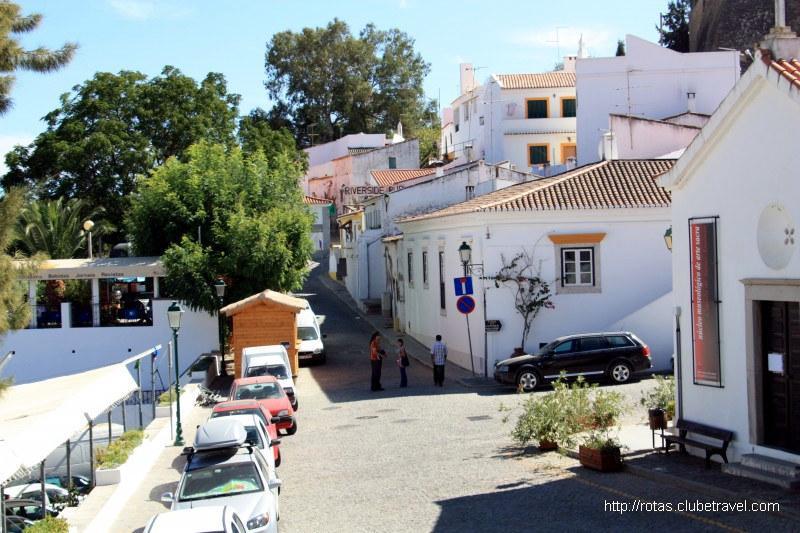 |
Château d'Alcoutim (Algarve) |
| 2,3 Km |
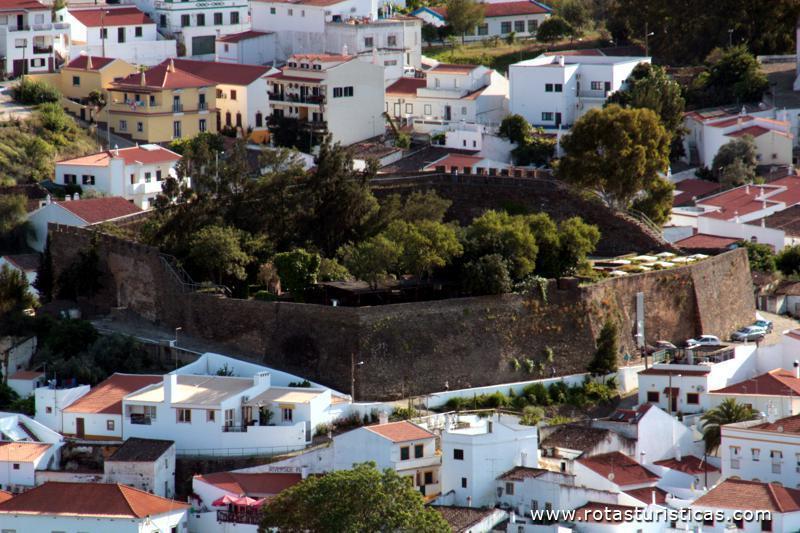 |
Plage fluviale de Pego Fundo - Alcoutim |
| 2,3 Km |
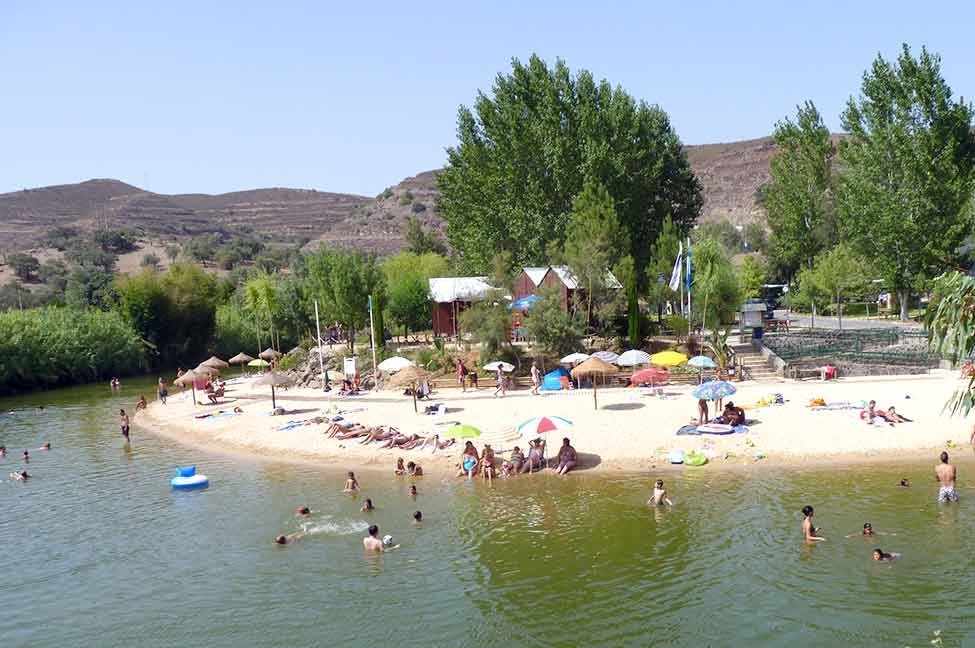 |
Centre d'Art Sacré (Alcoutim) |
| 2,3 Km |
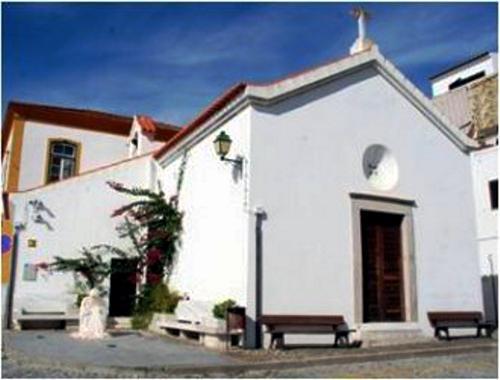 |
Vieux château d'Alcoutim (Algarve) |
| 2,5 Km |
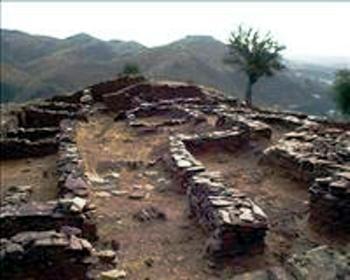 |
Puerto de La Laja |
| 4,4 Km |
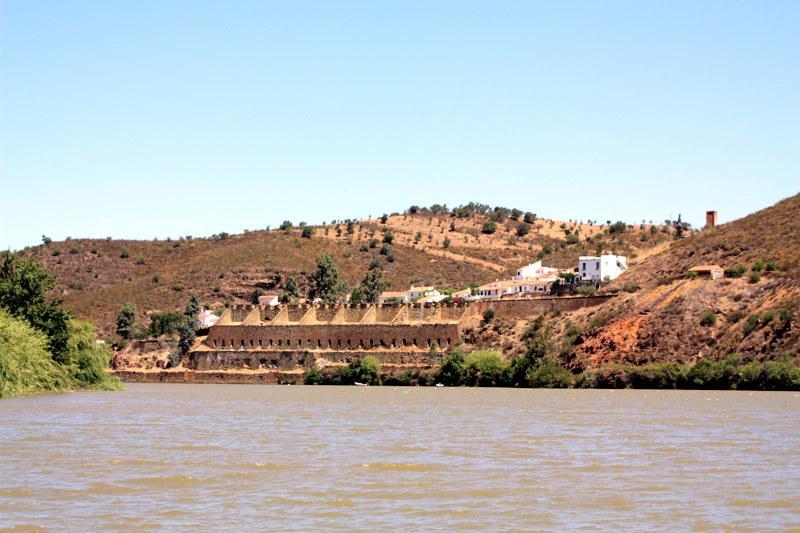 |
Menires de Lavajo (Alcoutim) |
| 6,3 Km |
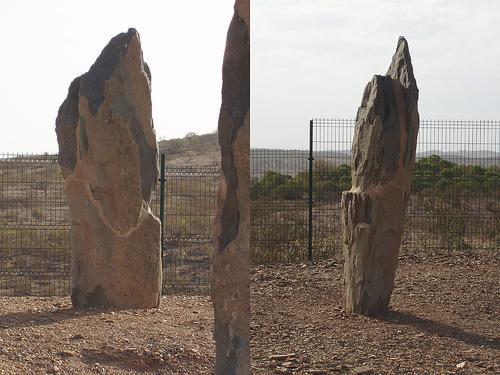 |
Pomarão |
| 8,9 Km |
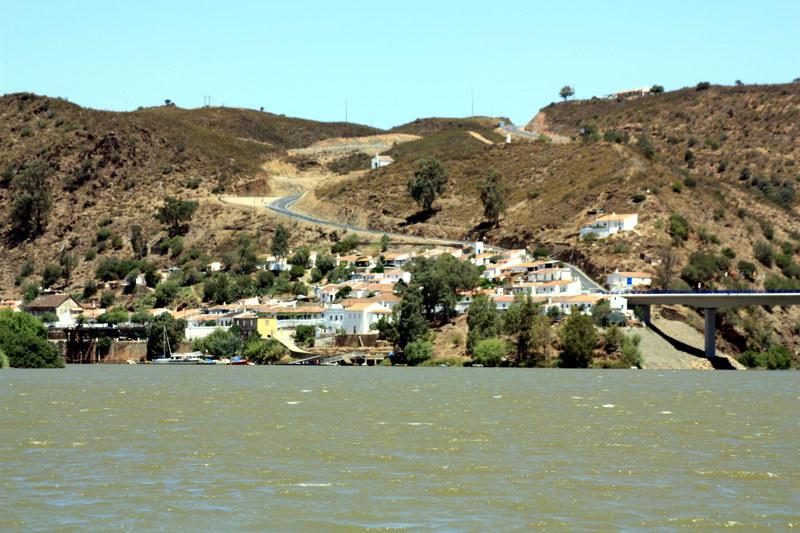 |
Village romain de Montinho das Laranjeiras (Alcoutim) |
| 9,4 Km |
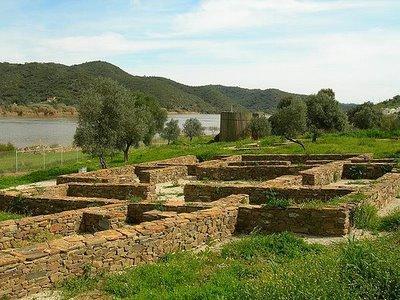 |
Laranjeiras |
| 9,7 Km |
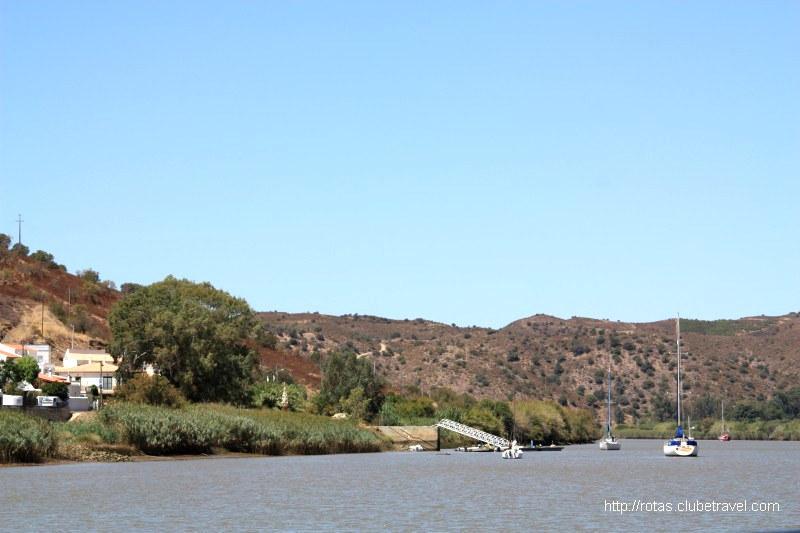 |
Musée de la rivière (Alcoutim) |
| 10,5 Km |
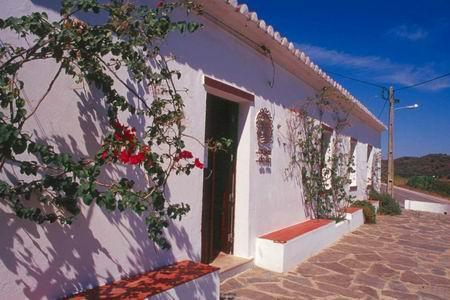 |
Guerreiros do Rio |
| 10,5 Km |
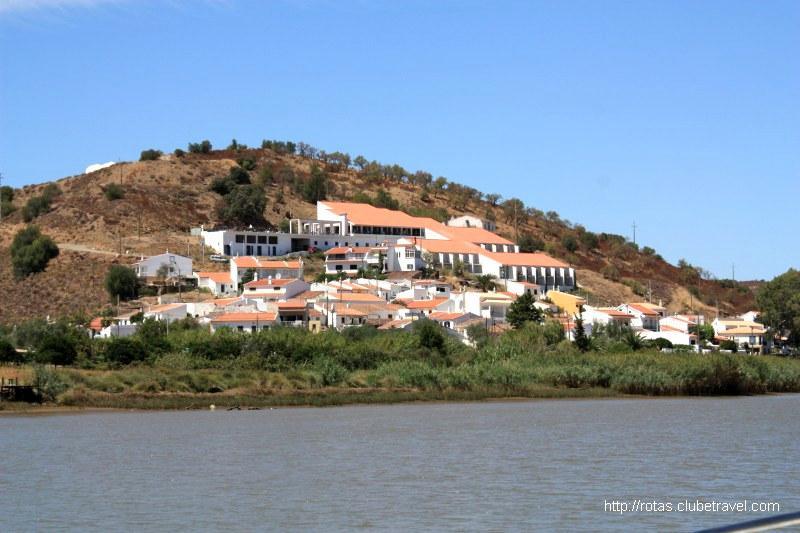 |
Barrage romain d'Alamo (Alcoutim) |
| 11,6 Km |
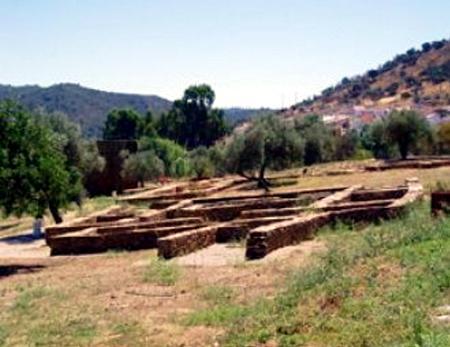 |
Tour VTT / Moto4 |
| 15,2 Km |
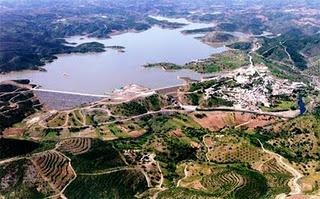 |
Barrage d'Odeleite |
| 18,9 Km |
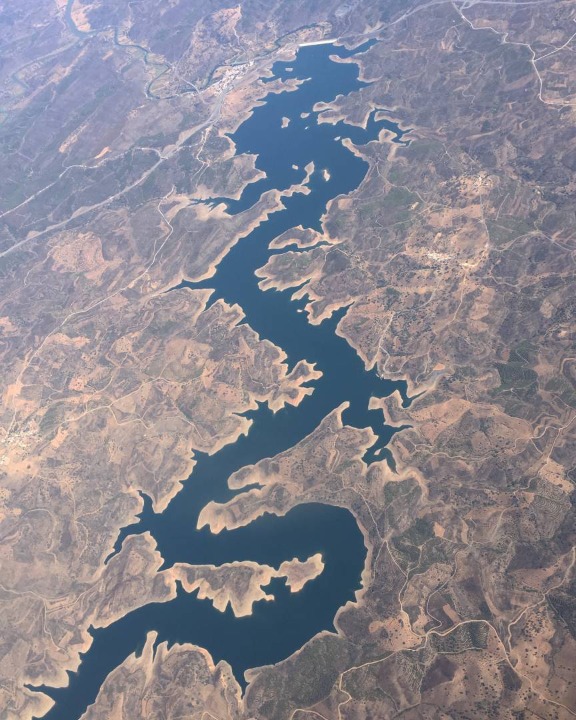 |
Hotel reservation near San Lucar del Guadiana within a radius of 20 km
Why to book with ROUTES TOURISTIQUES
The best prices
Our partnerships with the world´s largest operators offer research on the best market prices.
More options
At Rotas Turisticos you can book the hotel, buy the air ticket, book the transfer from the airport to the hotel and vice versa, book the local excursions, rent the car, take travel insurance and consult the places to visit and where to go.
Holiday Tips & Destinations
Hundreds of holiday destinations with all the options that allow you to easily choose the destination that best suits your dream vacation.
ROUTES TOURISTIQUES
Links






